-
About
- About Listly
- Community & Support
- Howto
- Chrome Extension
- Bookmarklet
- WordPress Plugin
- Listly Premium
- Privacy
- Terms
- DMCA Copyright
- © 2010-2025 Boomy Labs
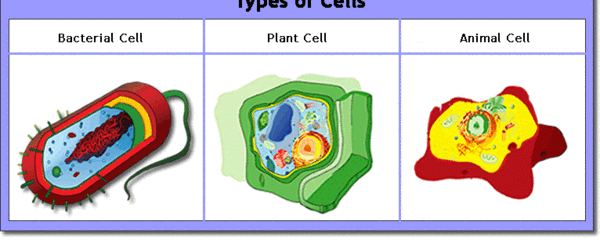

 Karleen Vaughn
Karleen Vaughn
Listly by Karleen Vaughn
Here is a set of curated resources to help you in your search for information about Cell Structure & Function

Welcome to Vocabulary.com, the quickest, most intelligent way to improve your vocabulary. Regardless of your education level or age, Vocabulary.com will help you to master the words that are essential to academic and business success. Simply answer the question to the right to get started!

Free online dictionary, thesaurus, spanish-english and medical dictionaries, audio pronunciations, Word of the Day, word games, and many more high-quality Merriam-Webster language resources.
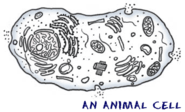
Biology4Kids.com! This tutorial introduces cell structure. Other sections include plants, animal systems, invertebrates, vertebrates, and microorganisms.
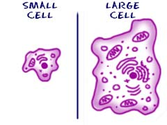
All cells have a purpose. If they don't do anything productive, they are not needed anymore. In the big picture, a cell's purpose is much more important than acting as small organizational pieces. They had their purpose long before they started working together in groups and building more advanced organisms. When alone, a cell's main purpose is to survive.
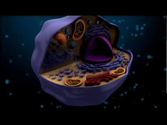
TEA Biotechnology Podcast 1.2 Presented by the Texas Education Agency. In this lesson, we explore the basic concepts of molecular biology, and compare and contrast the structure and function of prokaryotic and eukaryotic cells.

Biology4Kids.com! The web site that teaches the basics of biology and life science to everyone!
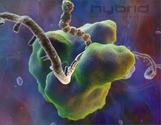
Cell Structure and Function Organelles and Their Functions In this lab you will look at the eukaryotic cells of plants and animals. Eukaryotic cells are distinguished from the more primitive prokaryotic cells by the presence of 1) cytoplasmic membranous organelles, 2) a nuclear membrane (i.e. a true nucleus), and 3) chromosomal proteins.

The distinction between prokaryotes and eukaryotes is considered to be the most important distinction among groups of organisms. Eukaryotic cells contain membrane-bound organelles, such as the nucleus, while prokaryotic cells do not. Differences in cellular structure of prokaryotes and eukaryotes include the presence of mitochondria and chloroplasts, the cell wall, and the structure of chromosomal DNA.

In this educational animated movie, learn about tissue, cytoplasm, organelles, lysomomes, membranes, and nuclei.
